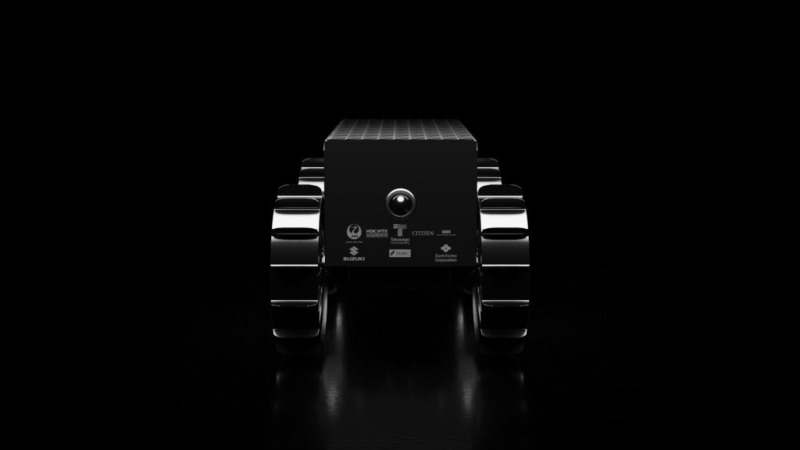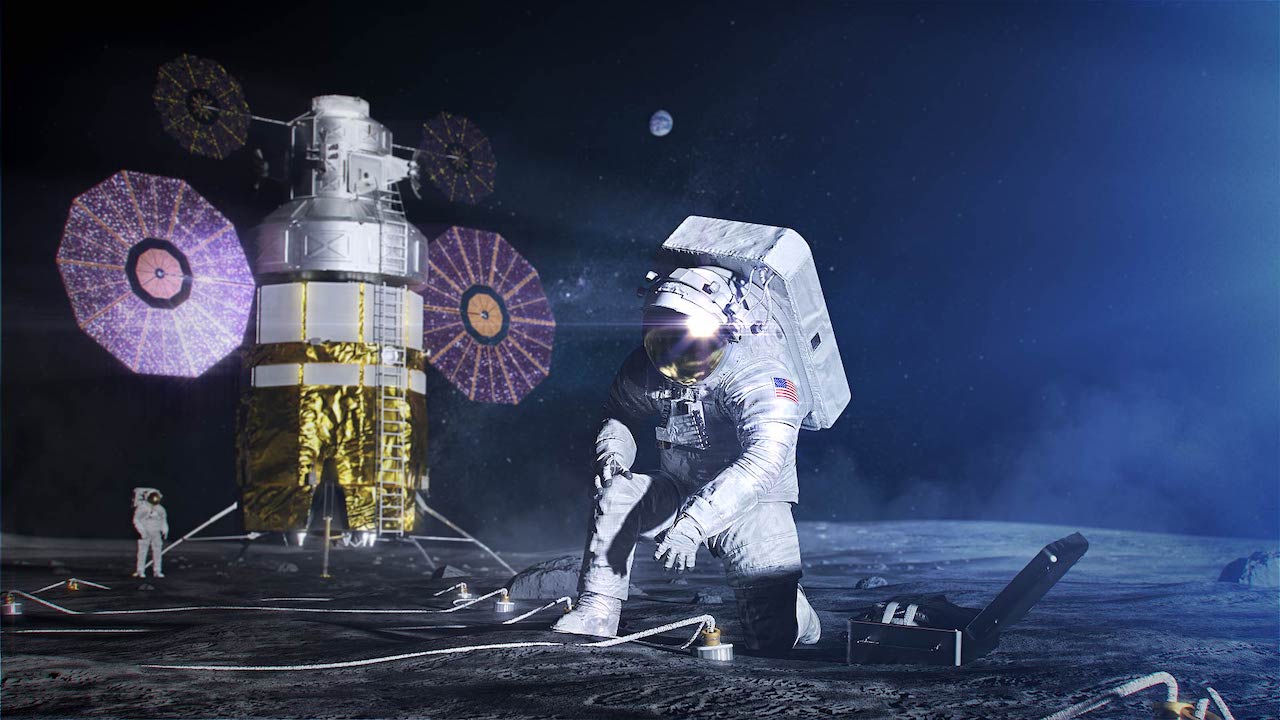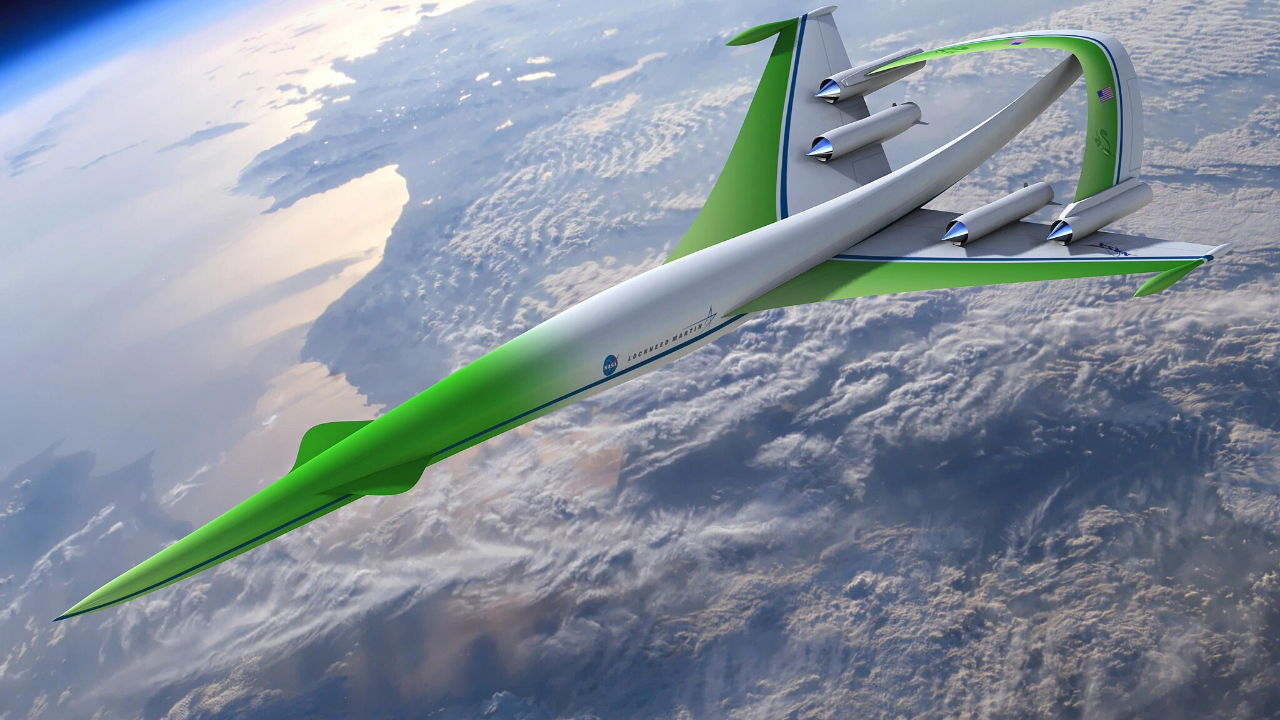Japanese company ispace delays its second private moon mission to 2024
The company's first robotic lunar mission should launch in late 2022 'at the earliest'.

A Japanese company targeting the moon pushed back its second moon mission by a year to 2024.
The Tokyo-based company ispace is planning a series of robotic moon missions with the first, called M1, expected to visit Earth's celestial companion at the end of this year.
In an update Monday (Jan. 25), however, ispace said the second moon mission (also known as M2) will be delayed to "reflect internal and external conditions." The company did not elaborate on what those conditions are, as it also shared progress on a lunar micro-rover that is expected to fly to the moon on M2.
"The year ahead is the most important yet for us," CEO and founder Takeshi Hakamada said in the statement. "Every member of our team has contributed to our progress, and I continue to be grateful for our employees each day. There is still a lot of work to do, so we must remain focused and steadfast as we progress toward our first mission."
ispace said the lander for the M1 mission, called Series 1, is almost fully assembled and integrated, on track for launch in the fourth quarter of 2022.
Lunar timeline: Humanity's exploration of the moon

Activities to come for the M1 mission include "mating of the main upper and lower assemblies, the installation of components such as radiators, multi-layer insulation, solar panels, landing gear, and the rover deployment mechanism, as well as customer payloads," ispace stated.
Breaking space news, the latest updates on rocket launches, skywatching events and more!
Then will come final testing and shipment to the United States for launch on a SpaceX Falcon 9 rocket. On that flight, the Series 1 lander will deliver the United Arab Emirates' Rashid lunar rover to the surface of the moon, along with other customer payloads.
Looking ahead to M2, ispace is working on a single-micro rover that will test out its ultimate aim of sending fleets of these small machines to the lunar surface. The company provided few design details to date, but noted that the aim is to achieve a "small-size and low-mass rover." M2 is also set to fly on a Falcon 9.
ispace is also developing a larger, more complex, robotic lander that will be able to carry 1,100 pounds (500 kilograms) of payload to the lunar surface. This "Series 2" lander is supposed to debut during the company's third mission, called M3. ispace did not say if the M3 mission will be delayed as a result of the delay to M2.
The lander, being developed with American technology companies General Atomics and Draper, passed its preliminary design review in June 2021, ispace representatives said last year. The design includes "a modular payload design with multiple payload bays, allowing for flexibility and optimization for a wider range of government, commercial and scientific customers," ispace representatives said in an August 2021 statement.
"Notably, the lander aims to be one of the first commercial lunar landers capable of surviving the lunar night, and is designed to have the ability to land on either the near side or far side of the moon, including polar regions," they added.

NASA and an international contingent of space agencies and companies are also targeting the moon's polar regions for the Artemis program, which plans to put people on the moon in 2025. Permanently shaded from the sun, the poles are thought to be rich in water ice. Lunar water is a keystone for human missions, allowing for a measure of in-situ resource utilization rather than carting the precious substance from Earth.
ispace's Series 2 is also targeting NASA's Commercial Lunar Payload Services (CLPS) program, which is a series of scientific and technological hardware scheduled for moon missions to support Artemis.
Follow Elizabeth Howell on Twitter @howellspace. Follow us on Twitter @Spacedotcom or on Facebook.
Join our Space Forums to keep talking space on the latest missions, night sky and more! And if you have a news tip, correction or comment, let us know at: community@space.com.

Elizabeth Howell (she/her), Ph.D., was a staff writer in the spaceflight channel between 2022 and 2024 specializing in Canadian space news. She was contributing writer for Space.com for 10 years from 2012 to 2024. Elizabeth's reporting includes multiple exclusives with the White House, leading world coverage about a lost-and-found space tomato on the International Space Station, witnessing five human spaceflight launches on two continents, flying parabolic, working inside a spacesuit, and participating in a simulated Mars mission. Her latest book, "Why Am I Taller?" (ECW Press, 2022) is co-written with astronaut Dave Williams.
